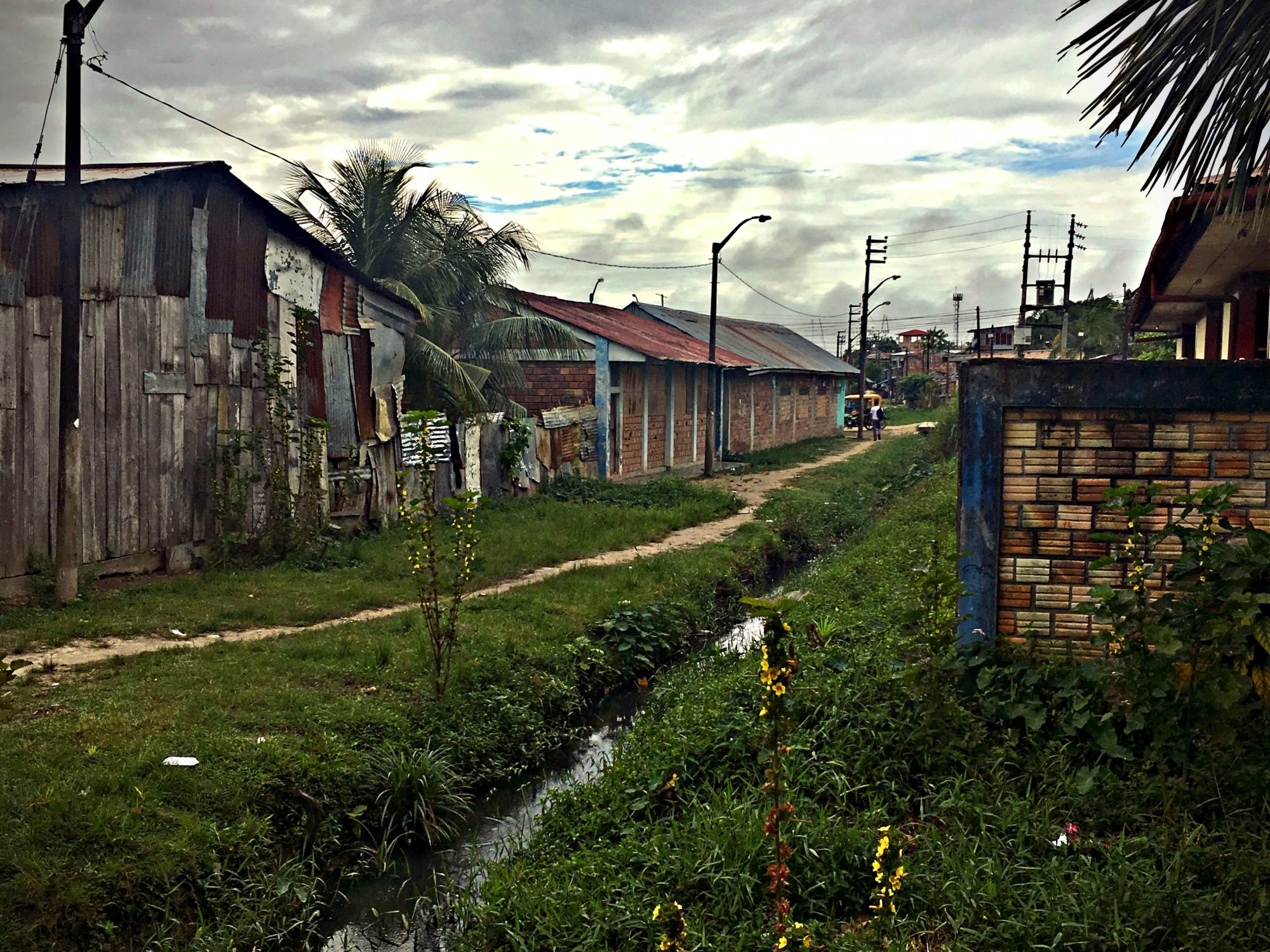Last fall, I participated in the sixth Fast 48organized by the Taylor Center . This whirlwind weekend was filled with mounds of colored post-its, fast-paced activities, and prototypes built out of miscellaneous materials. That weekend, I pushed myself out of my comfort zone – as I was public health trained in more traditional frameworks – and immersed myself in a way of thinking that questioned assumptions, encouraged more creating and less talking, and frequently utilized the word “iterations.” The workshop opened up my approach to analyzing problems and searching for solutions, and I was convinced that design thinking could be used by professionals in any sector. However, as I reflected more on this, I started to wonder how I could incorporate design thinking into my own work in global health. How could I use an approach that emphasized creating physical prototypes for a potential future program that would most likely not be developing a device, but rather assessing or improving a service? Moreover, how could I attempt to introduce design thinking strategies to a future team that may not have previous any experience in design thinking? How might I be able to adapt certain activities from the Fast 48 in an area with limited resources?
Needless to say, last fall I was eager to understand how design thinking would be translated into current-day public health programs.
Then, after a well-timed encounter with Tulane professor Dr. Valerie Paz Soldan, I had the opportunity to travel to Lima to work in Tulane’s Health Office for Latin America (HOLA) on a cervical cancer screening project that had just begun in the city of Iquitos, located in the Amazon basin. The project has several phases. First, we will be examining the types of screening methods being utilized and evaluating any challenges within the health system or barriers that prevent women from reaching care. Once this data is collected, we will develop, alongside key community stakeholders, strategies to address these issues.

As we are still in the first stage of data collection, we have been holding meetings and conducting interviews with local health professionals to evaluate the current state of cervical cancer screening. On my most recent trip to Iquitos, we held a workshop with all of the midwives from the local health centers. We did an activity to help define the project’s mission and vision with the midwives. We had them split into small groups, and asked them a series of questions, such as: what motivates you to do the work you do, what do you hope comes out of this project, and how can we achieve those goals?

Based on their responses, we started forming the core identity of the project and key components, such as mission and vision. Since the project is based upon participatory techniques, it relies on input from community partners, such as the midwives. By relying on the midwives input into the project, we not only took local context into consideration, but also strengthened our relationship with them. Over the next several months, we will do more of these workshops. Some of these will be with midwives, others with oncologists, gynecologists, and pathologists, and others with women who have had cervical cancer. Ultimately, each groups of people will be our partners in this project as we assess the system of cervical cancer screening and develop strategies to overcome barriers that exist. As we hold more workshops centered around capacity building, we hope to increase buy-in to the project among each of our community partners. Ultimately, this will increase accountability among those involved and lead to longer-term sustainability.

By Elizabeth Tracy
